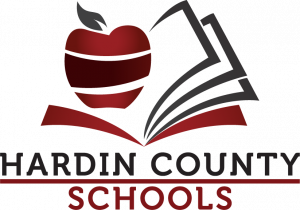Federal Programs
Important Information Regarding ESEA Reauthorization
On December 10, 2015, President Obama signed into law the Every Student Succeeds Act (ESSA), reauthorizing the Elementary and Secondary Education Act (ESEA). ESSA strengthens ESEA in notable ways, including new provisions related to the education of homeless children and youth.
Between now and when most ESSA amendments to the McKinney-Vento Act go into effect on October 1, 2016, NCHE will be working diligently to update existing NCHE resources to reflect changes made by ESSA. Please note, however, that, during this transitional period, NCHE resources may continue to reflect statutory provisions included in the previous version of ESEA (the No Child Left Behind Act), many of which continue to be in effect under ESSA.
Theresa McCormick
Federal Programs Director
Susan Clarke
Federal Program Facilitator
Overview
The purpose of No Child Left Behind (NCLB) is to ensure that all children have a fair, equal and significant opportunity to obtain a high-quality education and reach, at a minimum, proficiency on challenging state academic achievement standards and state academic assessments and to close the achievement gap with accountability, flexibility and choice so that no child is left behind. Under NCLB Hardin County receives Federal Funding under three grants or Titles.
Title I Part A
Title I Part A provides formula grants to school districts which allocate most of the funds to individual Title I schools based on their number of economically disadvantaged students. Funds in Hardin County are used for Schoolwide Programs. Schools Programs work to raise the achievement of low achieving students by improving instruction throughout the entire school, thus using Title I funds to serve all children. Title I funds may be used for a variety of services and activities but are most commonly for instruction in reading and mathematics.
Title II Part A
Title II Part A provides grants to school districts through the state in order to increase student academic achievement through strategies such as improving teacher and principal quality and increasing the number of highly qualified teachers in the classroom. The majority of the funds are used to prepare, train and recruit highly qualified teachers.
Title VI, Part B: Rural Education Achievement Program
The Rural Achievement Program (REAP) is designed to assist rural school districts in using Federal resources more effectively to improve the quality of instruction and student academic achievement. It consists of two separate programs – The Small, Rural School Achievement (SRSA) program and the Rural and Low – Income Schools (RLIS) program.

